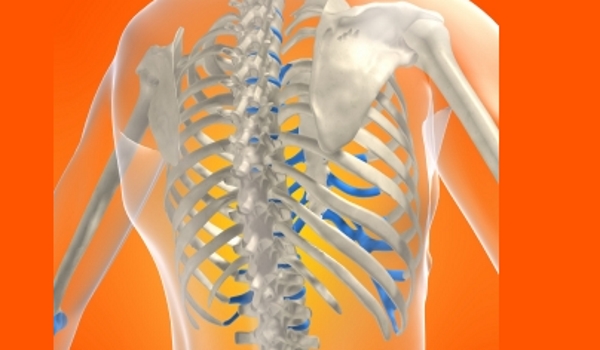The Nervous System

The nervous system is intriguing, how it works with impulses around the body and to make us function and protect us.
Role of the nervous system.
The human nervous system works to gather information, store it, and issue instructions. It works throughout the body, gathering information from both internal and external sources, which it transmits to the brain this is called afferent. Once it is in the brain it can be analysed, and the appropriate signals sent back out to the body to initiate a response this is called efferent.
There are 2 main parts to the nervous system.
Scientists divide the nervous system into two main parts the central nervous system (CNS) and the peripheral nervous system (PNS), as follows:
CNS: This is composed of the brain and the spinal chord. Its main job is to receive information from the body and send out appropriate instructions.
PNS: Quite simply, all the other nerves in the body responsible for transmitting information to and from the brain.
Construction of nerves.
All of these nerves, or neurons, are composed of three parts:
- The cell body, which contains the nucleus
- Dendrites hair-like structures which surround the cell body. Their job is to conduct incoming signals
- Axons also known as nerve fibres, they can vary in length from a millimeter to a meter. They conduct outgoing signals emitted by the neuron.
How it functions.
Signals passing to and from the brain take the form of electrical impulses, and can travel along chains of neurons at speeds of up to 250 miles per hour crucial when we need to react quickly.




